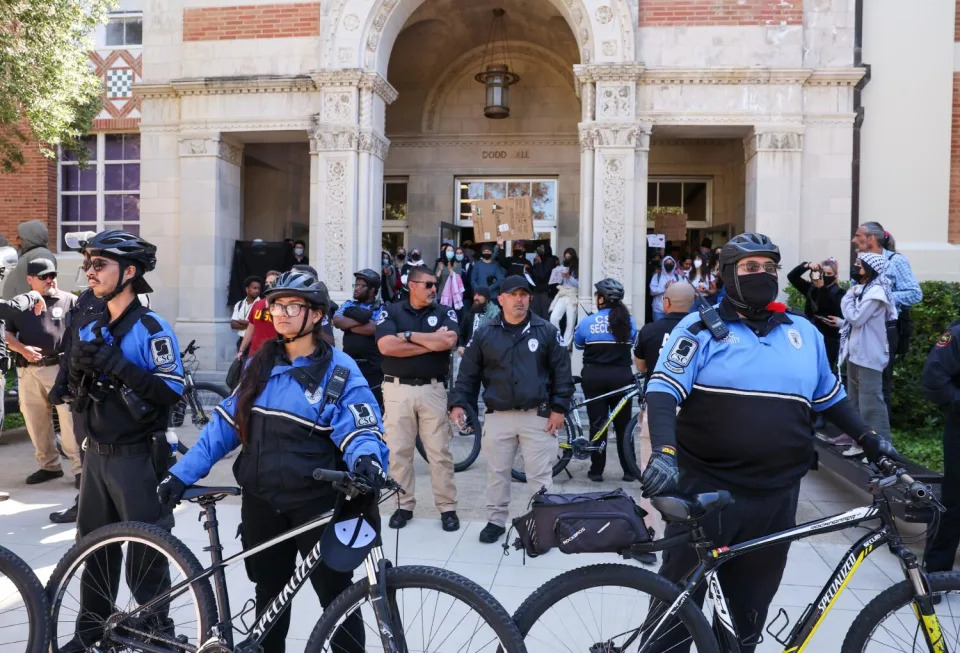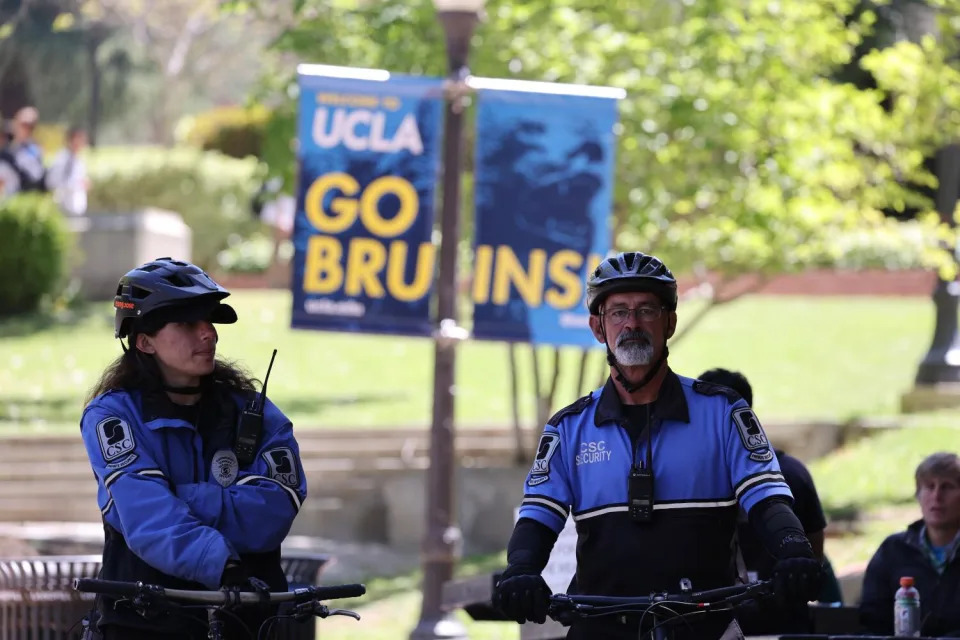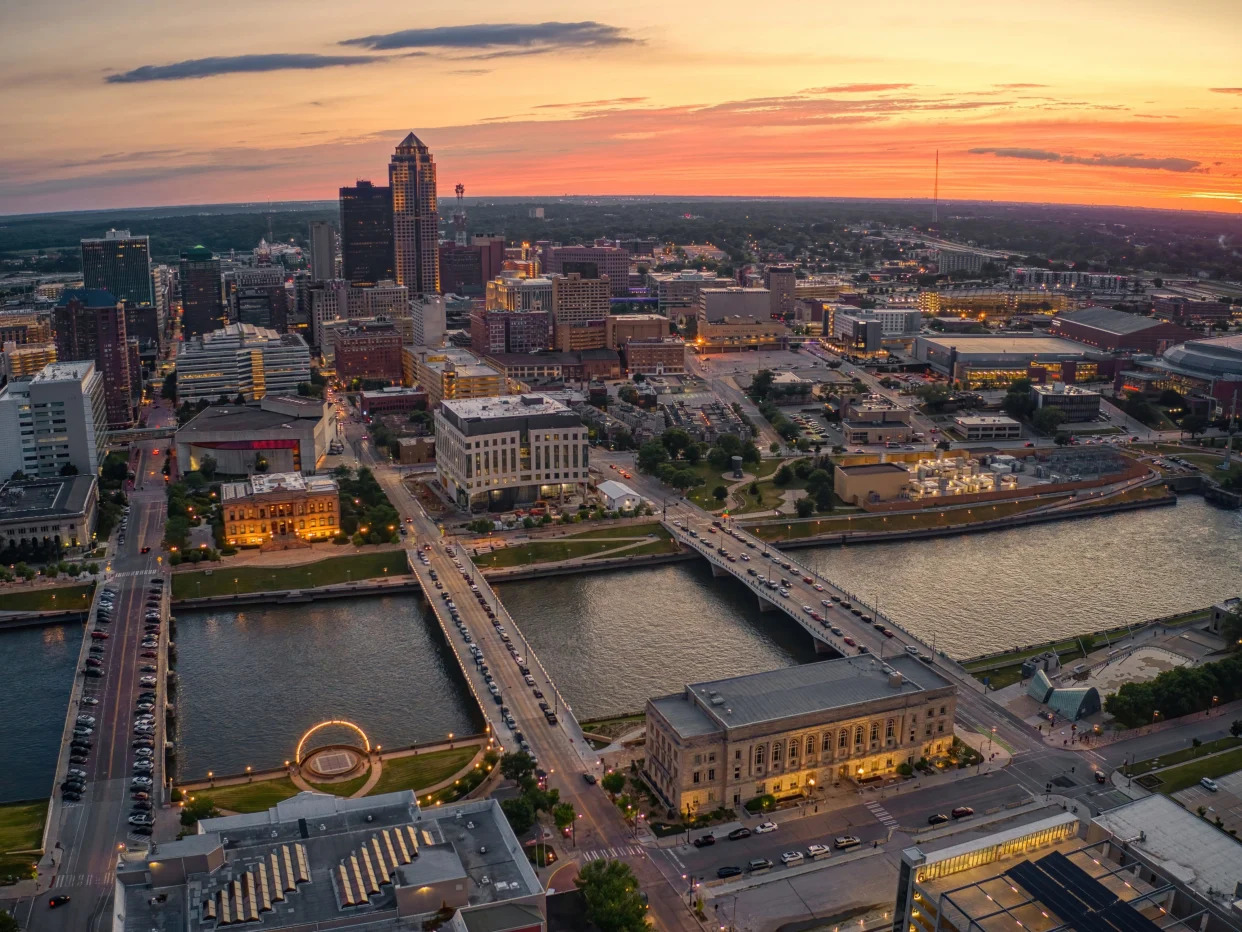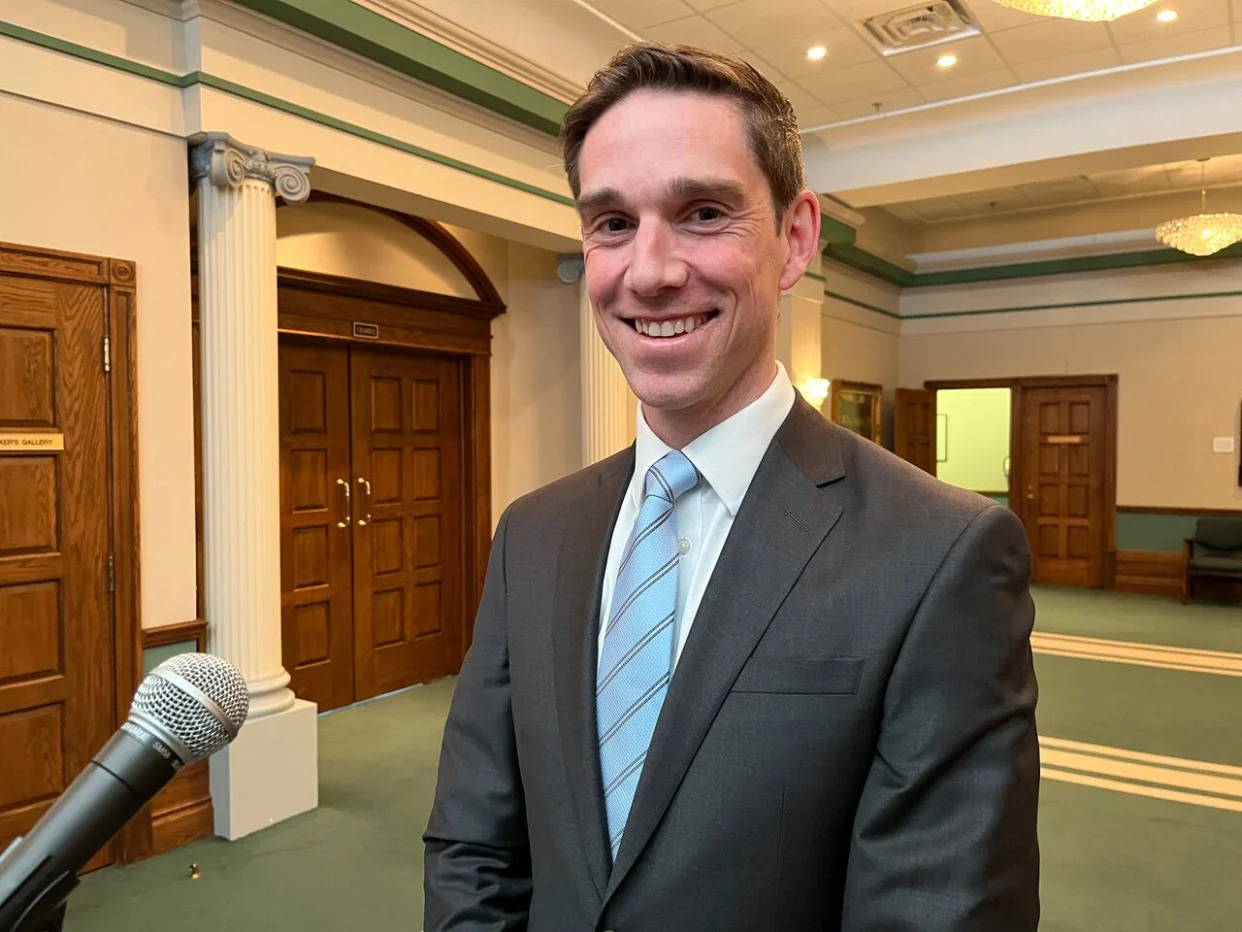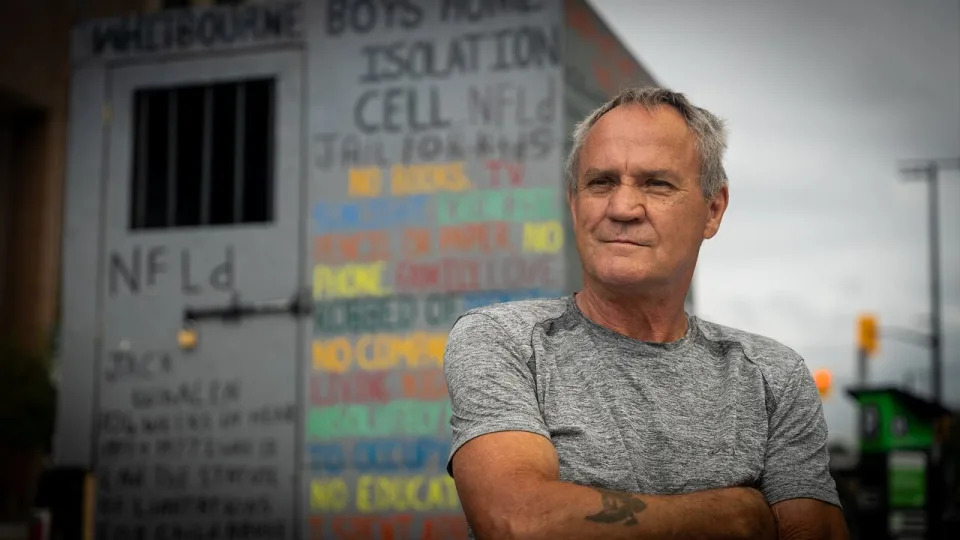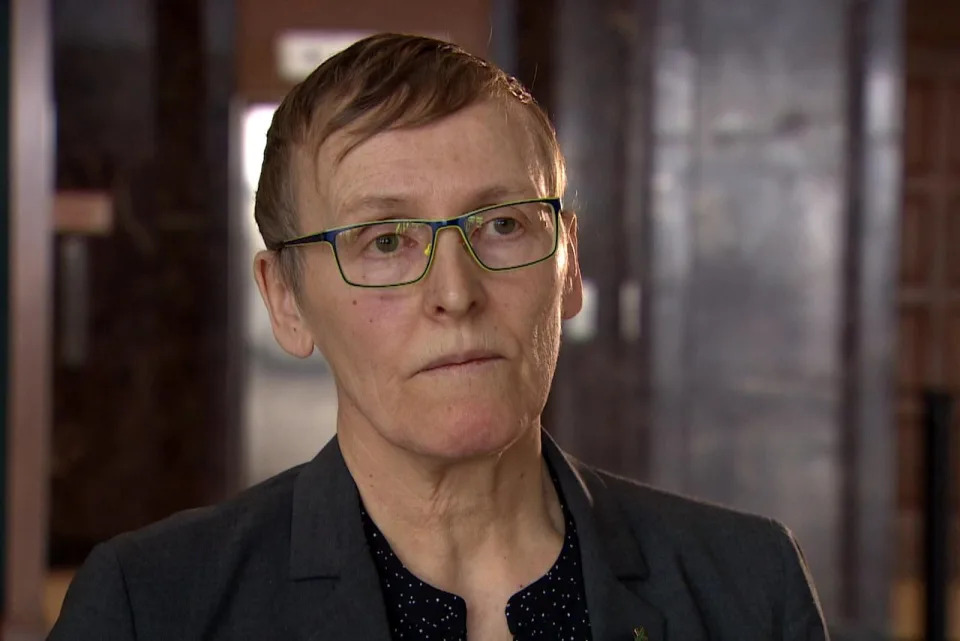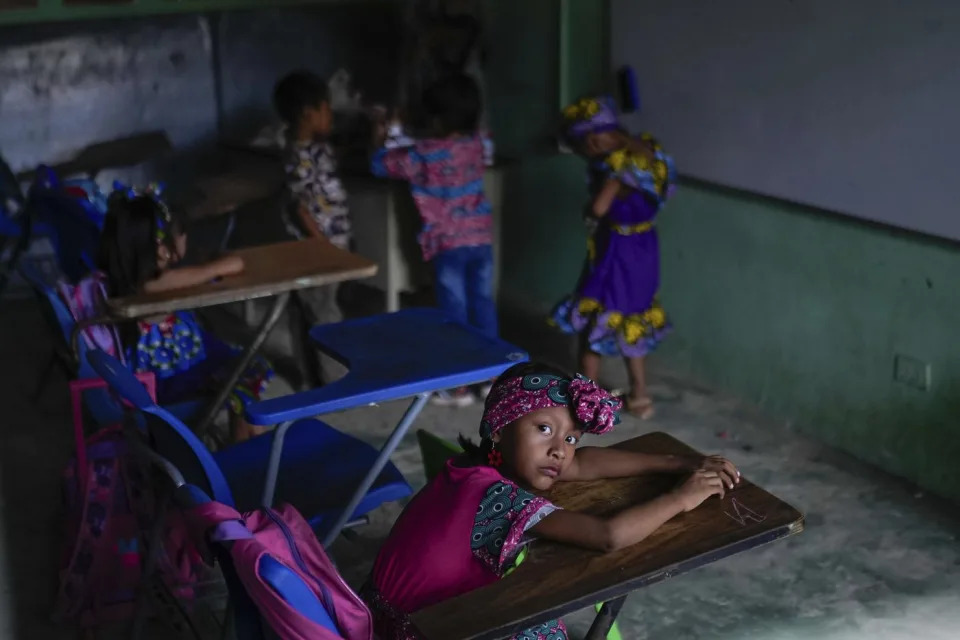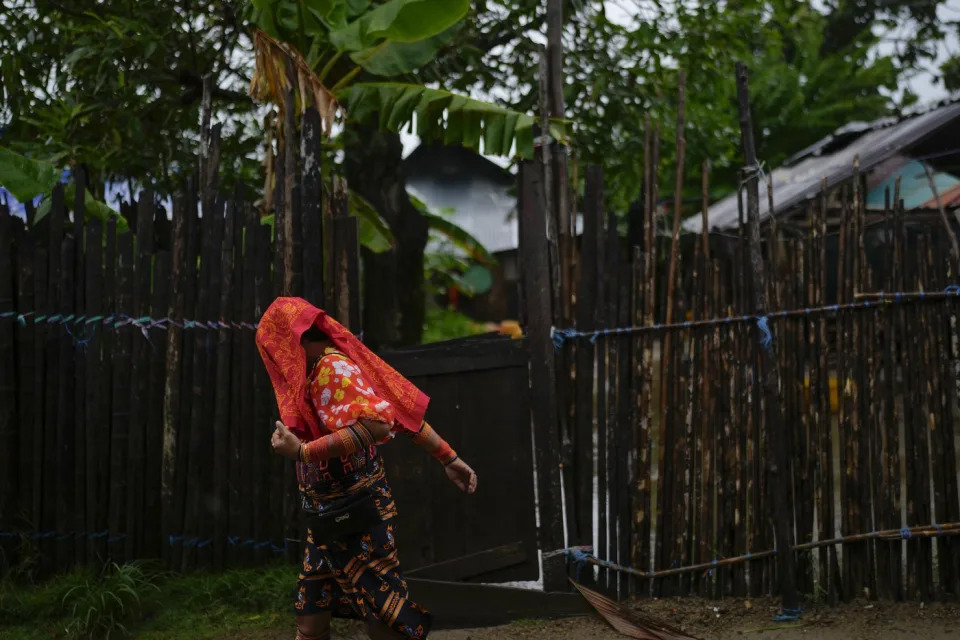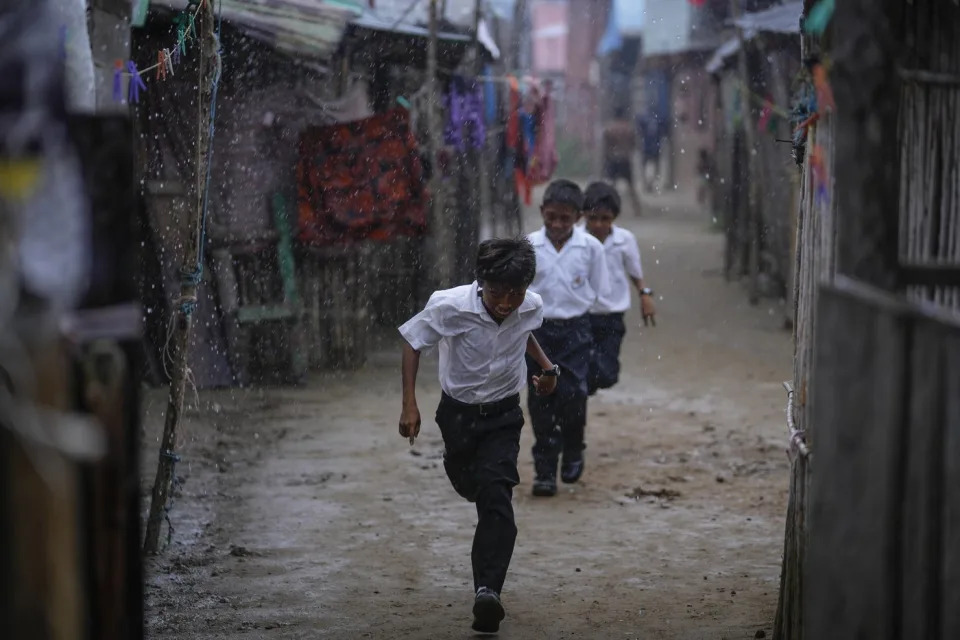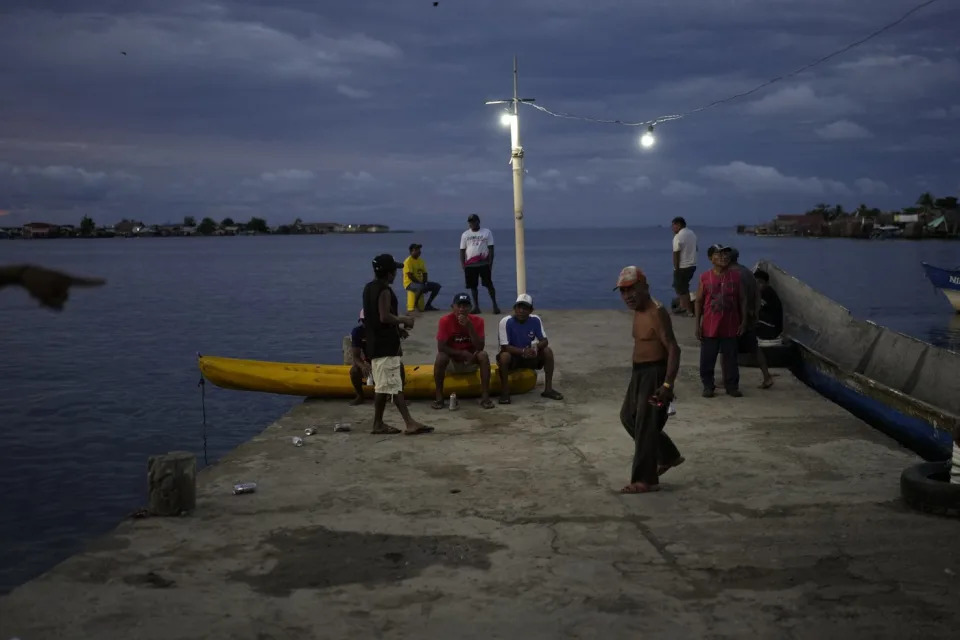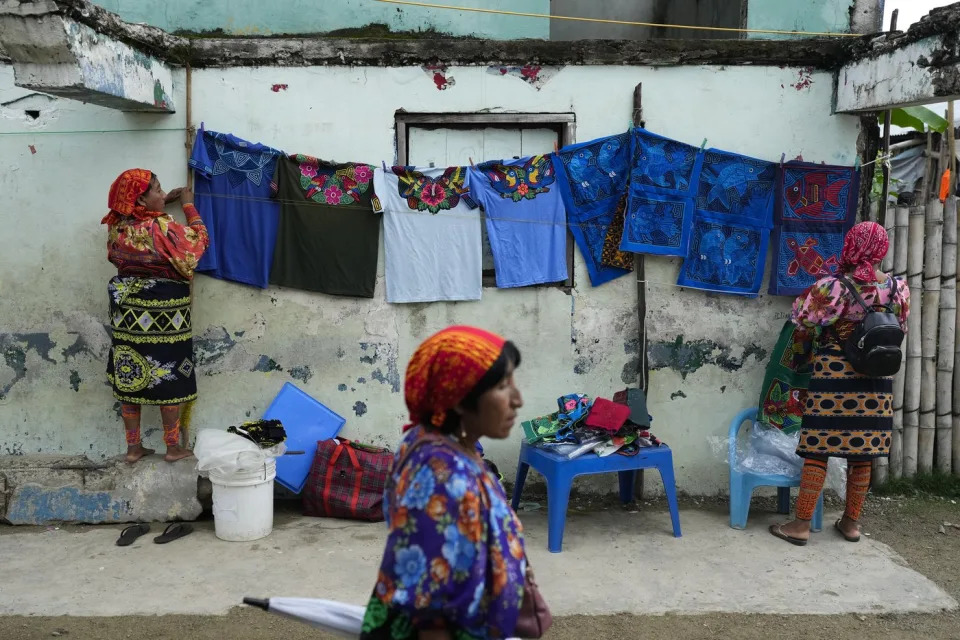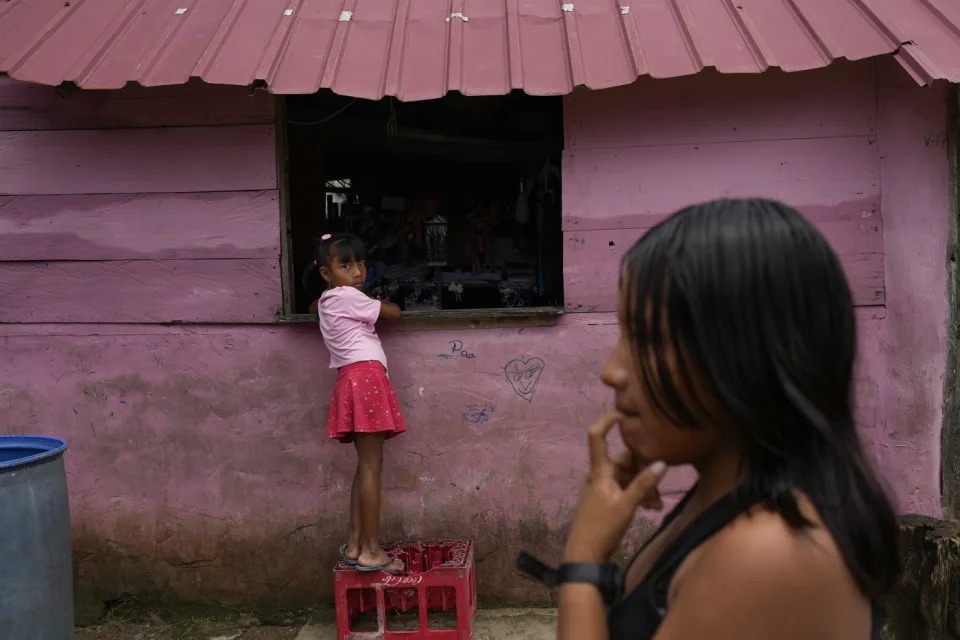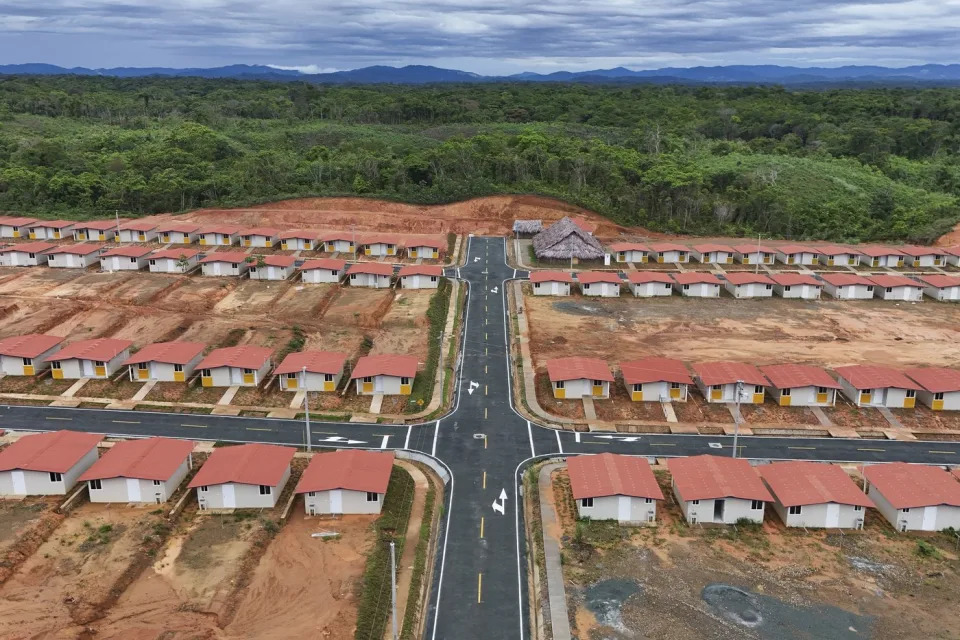Fed study offers new clues that help explain America’s gloomy mood
An enduring oddity of Joe Biden's presidency is that consumer confidence is weak and Biden’s approval ratings poor, despite record job gains and solid economic growth.
So, what’s going on? A new Federal Reserve analysis of household finances offers some clues.
In its annual survey of consumers, the Fed found that 72% said they were doing "at least OK" with their finances, meaning people were either "living comfortably" (33%) or "doing OK" (39%).
That's close to 2022's level of 73%, but is down sharply from 78% in 2021 and matches a low reached in April 2020. The last full year of data that saw this portion of consumers say they were doing "at least OK" was 2016.
And the portion of Americans who feel worse off than they did a few years ago — even if this rises by a little — could determine whether voters in this year’s presidential election think Biden deserves another term.
Here are four insights from the Fed’s latest analysis.
The pandemic still shapes consumer attitudes
As noted previously, the best level of financial fitness consumers reported during the last 11 years came in 2021, when 78% said they were doing at least OK. The second-best level came in July 2020 at 77%. But it wasn't because the economy was booming.
In 2020, the COVID pandemic was raging and many Americans were locked down at home. Things were better in 2021, after vaccines started rolling out, but the economy didn’t fully recover from the COVID setback until deep into 2022.
Here's what else was going on in 2020 and 2021: Americans received massive amounts of stimulus money, including checks from the government, aid to businesses, tax breaks for parents, and suspended payments for student loan borrowers.
Those programs are now basically over. Many Americans banked extra money during the pandemic, but economists think those “excess savings” are now fully depleted.
What consumers may really be saying is that they feel worse off now compared with the COVID years, when unprecedented amounts of federal aid produced an abnormal and temporary bubble of financial security.
The problem for Biden is a recency bias from voters, meaning a lot of folks won’t do an apples-to-apples comparison of their well-being now compared with pre-COVID levels.
They’ll simply feel the deterioration from the days when "stimmy checks" beefed up their bank balances, and blame the guy in charge.
Working parents are unusually stressed
One notable group that has been doing worse during the last year is parents.
The portion that said they’re "doing OK" financially dropped to 64% in 2023 from 69% in 2022. All others, excluding parents, stayed the same at 75%.
From 2021 to 2023, the portion of parents that said they’re "doing OK" dropped by 11 percentage points. Among the group representing everybody else, it dropped by just four points.
That could reflect one stimulus measure that substantially boosted the child tax credit, but expired at the end of 2021.
Census Department data shows the child poverty rate plunged to 5.2% in 2021 from 9.7% in 2020 — then jumped all the way up to 12.4% in 2022.
Most experts think these huge variations come from on-and-off COVID stimulus, including the child tax credit expansion. Biden and many Democrats want to make that expansion permanent, but they haven’t been able to get the votes in Congress.
Drop Rick Newman a note, follow him on Twitter, or sign up for his newsletter.
Food inflation is the worst
In the Fed's survey, 35% of respondents cited inflation as a problem, and the Fed highlighted food prices as a particular concern.
"When describing challenges related to inflation, many people mentioned the cost of food and groceries," the report explains. That’s similar to the findings of a November Yahoo Finance-Ipsos survey in which 67% of respondents said food inflation was hurting them the most. Gasoline came second, at just 15%.
Food prices have moderated, with the year-over-year inflation rate now just 1.1%.
As most consumers know, however, food prices are up 21% during the last four years, and they're likely not going back down. Consumers are largely stuck paying those higher prices.
Some things are going right
The biggest improvement from 2022 to 2023 was an increase among non-retirees who say their retirement savings plan is on track. That rose to 34% from 31%, and it’s probably higher now, given the stock market rally of the last six months.
As for retirees, they’re doing pretty well, with 80% saying they’re doing OK financially. That's the best of any demographic group in the study.
If they were the only ones voting in 2024, Biden might be in pretty good shape.
US federal budget crosses grim
milestone as interest payments
overtake defense spending
The United States has long had the world’s biggest defense budget, with spending this year set to approach $900 billion.
Yet this spending is rapidly being eclipsed by the fastest-growing portion of federal outflows: interest payments on the national debt.
For the first seven months of fiscal year 2024, which began last October, net interest payments totaled $514 billion, outpacing defense by $20 billion. Budget analysts think that trend will continue, making 2024 the first year ever that the United States will spend more on interest payments than on national defense.
Just two years ago, interest payments were the seventh-largest federal spending category, behind Social Security, health programs other than Medicare, income assistance, national defense, Medicare, and education.
Interest is now the third-biggest expenditure after Social Security and health. And not because any of the other programs are shrinking. While most government expenditures grow modestly from year to year, interest expenses in 2024 are running 41% higher than in 2023.
Interest payments are ballooning for two obvious reasons.
The first is that annual deficits have exploded, leaving the nation with a gargantuan $34.6 trillion in total federal debt, 156% higher than the national debt at the end of 2010.
In the 1990s, the average federal deficit was $138 billion per year. In the 2000s, it was $318 billion. In the 2010s, it was $829 billion. Since 2020, the annual deficit has swelled to $2.24 trillion, largely due to pandemic-related stimulus measures in 2020 and 2021. The projection for 2024 is a $1.5 trillion shortfall.
As a percentage of GDP, the annual deficit has nearly doubled in just 10 years, from 2.8% in 2014 to a projected 5.3% in 2024. So there's just a lot more borrowing to pay interest on.
The government is also paying more to borrow as interest rates have shot up over the last two years. Like consumers buying homes and cars, Uncle Sam benefits from cheap money when rates are low and bears a heavier burden when rates are high.
From 2010 through 2021, the average interest rate on all Treasury securities sold to the public was just 2.1%, which helped keep total interest payments manageable.
But in 2022, the Federal Reserve started jacking up rates to tame inflation, and the government now pays an average interest rate of 3.3%. So, the amount of borrowed money keeps going up, and the cost of borrowing that money is rising too.
More taxpayer money going to interest expenses will eventually leave less money for everything else, and at some point, the Treasury won’t be able to borrow its way out of the problem anymore.
It's an unsustainable situation, which could lead investors to lose faith in the government’s creditworthiness and demand even higher rates to buy Treasurys.
Drop Rick Newman a note, follow him on Twitter, or sign up for his newsletter.
The urgency of the problem, however, is open to debate.
At the recent Milken Institute conference in Los Angeles, luminaries such as billionaire investor Ken Griffin and former House Speaker Paul Ryan warned of a looming debt crisis if the government’s interest costs continue to mushroom. But many prominent financiers also touted the United States as the best destination in the world for investment, despite all its problems.
And many predictions of a debt crisis when interest expenses were a lot lower have so far turned out to be wrong.
Two people who seem unperturbed by America’s debt burden are President Joe Biden and former President Donald Trump, the two leading candidates in this year’s race for the White House. Neither is making deficit reduction a focus of his presidential campaign.
Biden does have a plan of sorts. He’d raise taxes on businesses and the wealthy and use some of that revenue to trim annual deficits. But Biden also wants to spend more on social programs, which could offset any savings.
Trump says he’d encourage more oil and natural gas drilling, which would somehow produce a windfall of tax revenue that would pay down the debt. But there’s no obvious way that would happen, no matter how much drilling takes place.
Besides, both men have presided over a huge run-up in the national debt.
The national debt rose by $7.8 trillion during Trump’s four years as president and $6.8 trillion during Biden’s first three years and four months.
Earlier this year, the Committee for a Responsible Federal Budget helped Yahoo Finance analyze who’s responsible for the national debt, and the blame falls more or less equally on administrations of both parties borrowing to finance wars, tax cuts, spending programs, and stimulus measures during recessions.
When the time does arrive to fix the debt, the inevitable solution will be a mix of spending cuts and tax hikes that will make a lot of people unhappy.
Which reveals the real reason no politician wants to address the problem — everyone hopes it'll be the guy after them.
Rick Newman is a senior columnist for Yahoo Finance. Follow him on Twitter at @rickjnewman.
Despite A 12% Rise, 49% Of Americans Believe Stocks Are Down. Why?
Adrian Volenik
Mon, Jun 3, 2024,
A recent Harris Poll conducted for the Guardian reveals that 49% of respondents believe the U.S. stock market index is down for the year. This perception persists despite a significant 12% rise in the S&P 500 this year, which reached a record high on May 21.
The same poll reveals that 67% of Republicans, 53% of Independents, and 49% of Democrats wrongly believe the U.S. is in a recession. Similarly, 55% of poll respondents think the economy is contracting.
These results reveal that it isn’t a partisan issue — people across the board don’t feel the effects of the rising stock market. That discrepancy should raise some eyebrows in Washington, especially since many Americans connect the state of the economy to the Biden administration. Notably, 58% of those surveyed blame mismanagement by the current administration for worsening economic conditions.
Despite positive economic indicators, such as GDP growth and a low unemployment rate under 4% for the 27th straight month — a nearly 50-year low, public perception remains pessimistic. These metrics should inspire confidence in the economy’s resilience and potential for additional growth, yet they clearly don’t.
The rising cost of living is a significant factor behind this pessimism. Despite a decline in inflation, prices remain higher than they were a few years ago, causing people to experience the strain of higher costs. This financial pressure likely shapes people’s views of the economy, making them more pessimistic.
Misinformation also influences public perception. The economy is complex, and mixed messages from different sources can confuse people. They hear different things from different sources, making it hard to know what’s happening. For some, this confusion can change the economy and what they think is happening.
Lastly, we shouldn’t overlook the emotional impact of past economic problems. After experiencing high inflation and interest rates, people are cautious and worried about the future. This nervousness is reflected in a University of Michigan survey, which showed that consumer confidence fell to its lowest point in six months in May.
As Election Day nears, this ongoing economic pessimism will likely affect voter attitudes, and persuading voters to adopt a more positive outlook could be difficult for Biden.


